The 10 Most Common Porta Potty Maintenance Issues
Maintaining portable toilets is a crucial aspect of the rental business, ensuring that units are not only functional but also welcoming for users. A well-maintained porta potty is a sign of a professional and considerate service provider. However, even with the best practices in place, certain maintenance issues can happen often. Being aware of these common problems and knowing how to address them quickly and effectively can save time, money, and protect the business’s reputation.
If you are curious about the profitability of the portable toilet rental industry, click here.
Overfilled Waste Tanks
One of the common maintenance issues that can occur with portable toilets is overfilled waste tanks. This problem can lead to a lot of unpleasant situations, from odors to sanitation concerns.
Recognizing Capacity Issues
- Monitoring usage: Keeping track of the number of users and the frequency of servicing is key.
- Visual checks: Regularly inspecting the waste level can prevent overfilling.
Managing Overfilled Tanks
- Prompt servicing: Arrange for immediate waste removal when nearing capacity.
- Emergency plans: Have a backup plan for unexpected surges in usage, such as additional units or more frequent servicing.
Preventing tanks from becoming overfilled is important. It not only maintains a hygienic environment but also ensures that the portable toilets remain functional and available when needed. Regular servicing, adjusted to the event size and duration, can keep this issue at bay.
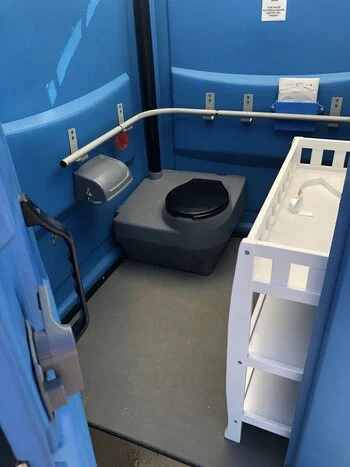
Insufficient Ventilation
Proper ventilation is a cornerstone of portable toilet maintenance, directly impacting the comfort and satisfaction of users. Poor ventilation can lead to bad odors and a stifling atmosphere within the unit, which can be off-putting and may discourage use.
The Impact on User Experience
- Odor accumulation: Without proper airflow, odors can become trapped inside the unit, creating an unpleasant environment.
- Heat buildup: Especially in warmer climates, poor ventilation can cause temperatures inside the porta potty to rise, adding to user discomfort.
Ventilation Solutions
- Vent pipes: Ensure that vent pipes are clear of obstructions and are positioned to effectively channel odors away from the interior.
- Air fresheners and fans: Use battery-operated fans or air fresheners to help circulate air and keep the interior smelling clean.
Ensuring that each portable toilet has an adequate ventilation system is not just about odor control; it’s about providing a comfortable and hygienic space for users. Regular checks and maintenance of ventilation components are essential to prevent issues and maintain a high standard of service.
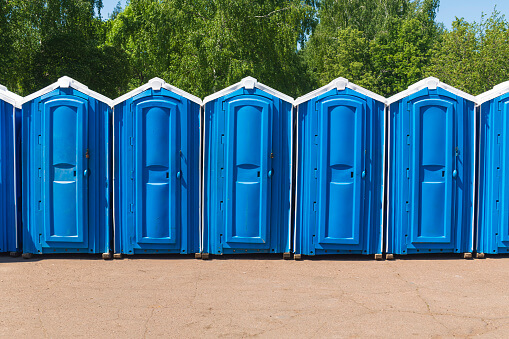
Chemical Imbalance
The chemicals used in portable toilets play a role in managing waste and odors. However, maintaining the right chemical balance is important; too little and the effectiveness is compromised, too much and it could be wasteful or even damaging.
Recognizing Signs of Imbalance
- Ineffective odor control: If odors persist despite regular servicing, it could indicate not enough chemical is being used.
- Overpowering chemical smell: A strong chemical odor may suggest an excessive amount is being used.
Maintaining the Correct Chemical Levels
- Follow guidelines: Always use the manufacturer’s recommended amount of chemicals for the volume of waste.
- Adjust as needed: Consider factors such as event duration, temperature, and usage frequency when determining the right chemical levels.
A balanced chemical approach ensures that portable toilets remain fresh and hygienic without unnecessary expense or environmental impact. Regular training for staff on the correct handling and application of these chemicals is also an important step in maintaining this balance.
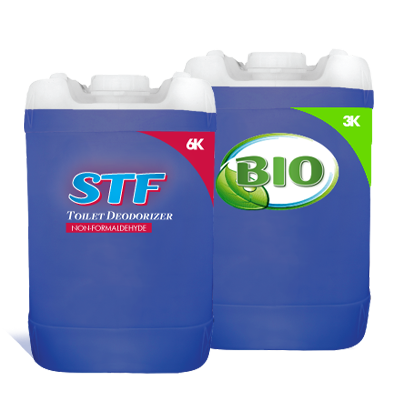
Leaks and Cracks
Leaks and cracks not only compromise the structural integrity of a portable toilet but also pose hygiene risks and can lead to unsightly conditions that deter users. Regular inspection and timely repair are important to manage this common maintenance issue.
Identifying Weak Points
- Routine checks: Regularly inspect units for any signs of damage, focusing on common stress points such as door hinges, walls, and the base.
- Immediate action: Addressing small cracks and leaks promptly can prevent them from becoming larger, more costly problems.
Regular Inspection Routines
- Scheduled maintenance: Incorporate thorough inspections into the regular cleaning and servicing routine.
- Repair kits: Keep repair materials on hand, such as sealants and patch kits, to address minor damage quickly and effectively.
Proactive maintenance to prevent leaks and cracks from worsening is key to extending the life of portable toilets and ensuring they remain presentable and functional for users. It’s also a reflection of the quality and reliability of the service provided.
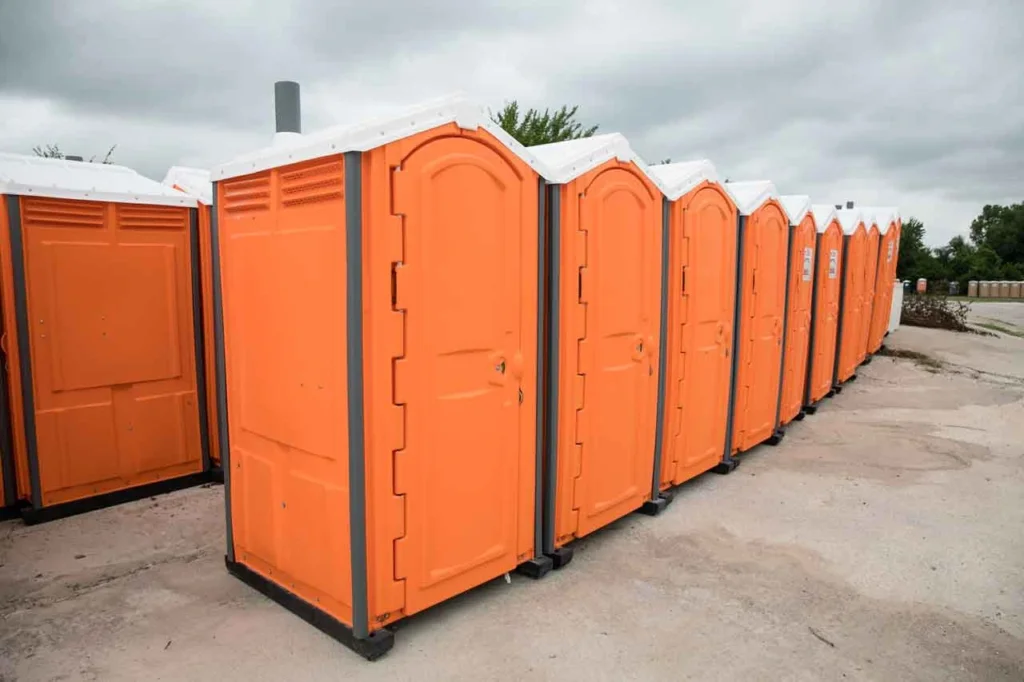
Door Latch Failures
A functional door latch is critical for privacy and security in a portable toilet. When latches fail, it not only causes inconvenience but can also lead to embarrassing situations for users. Addressing this issue quickly is important for customer satisfaction.
Common Causes of Latch Malfunctions
- Frequent use: The wear and tear from constant opening and closing can weaken latches over time.
- Forced handling: Users may apply excessive force, especially if the mechanism is not intuitive, leading to breakage.
Quick Fixes and Replacement Tips
- Regular lubrication: Keeping the moving parts of the latch well-lubricated can prevent sticking and reduce strain.
- Spare parts inventory: Maintain a stock of replacement latches and the tools needed to install them to make repairs as soon as an issue arises.
Making sure that door latches are in good working order is a small but significant part of portable toilet maintenance. It’s a detail that, if overlooked, can negatively impact the user experience and the reputation of the rental service. Regular checks and immediate repairs will keep this issue in check.
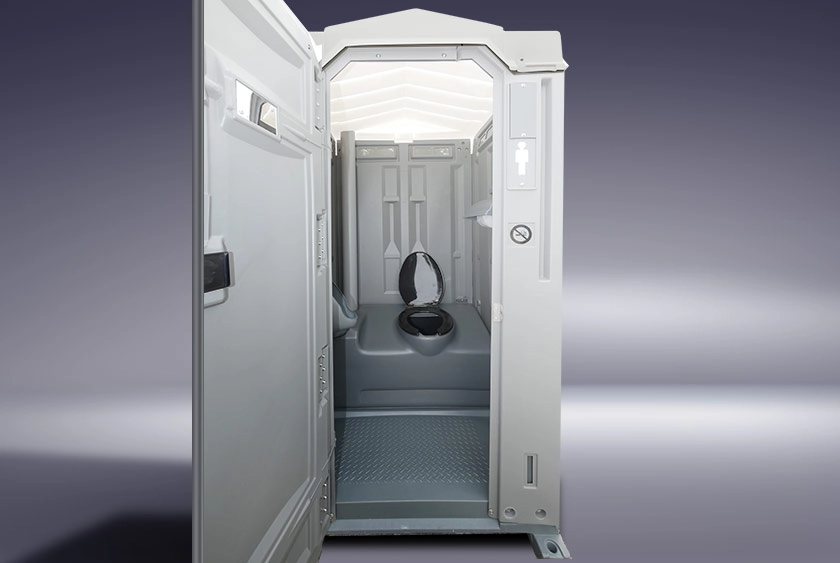
Inadequate Cleaning
Cleanliness is very important, especially when it comes to portable toilets. Poor cleaning can lead to unsanitary conditions, a build-up of odors, and a decrease in user satisfaction. It’s essential to have an effective cleaning protocol in place.
Setting Cleaning Schedules
- Frequency: Determine cleaning frequency based on usage, with high-traffic units requiring more frequent attention.
- Thoroughness: Ensure each cleaning covers all surfaces, nooks, and crannies, using appropriate sanitizing agents.
Deep Cleaning Techniques
- Pressure washing: Use pressure washers to effectively remove grime and buildup from surfaces.
- Detailing: Pay special attention to commonly touched areas like door handles, locks, and seating surfaces.
A commitment to maintaining a rigorous cleaning schedule results in higher quality of service provided. It not only ensures the health and safety of users but also preserves the lifespan of the portable toilets.
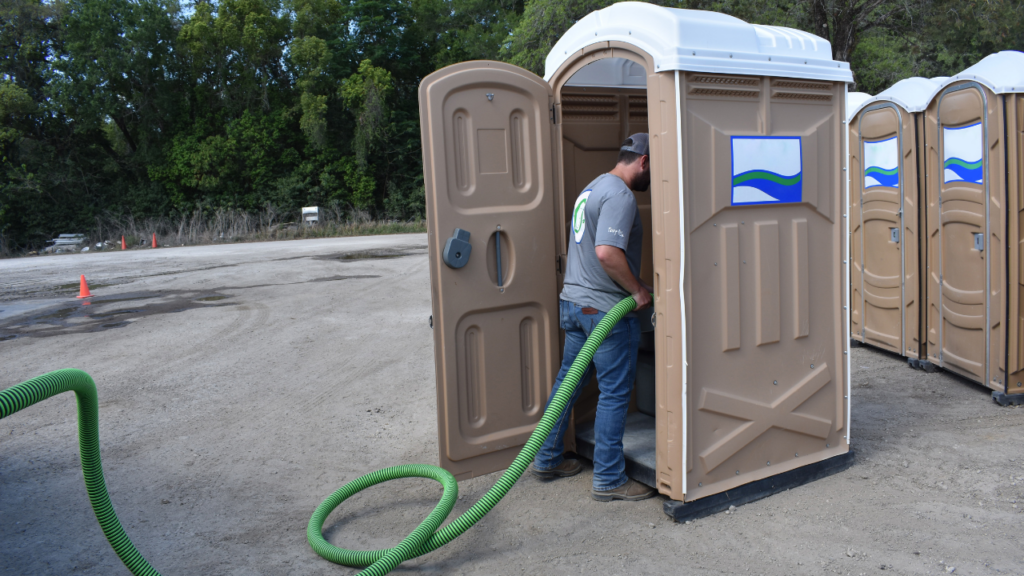
Toilet Paper Shortages
Having enough supplies, especially toilet paper, is a fundamental expectation in any restroom, portable or not. Running out of toilet paper can cause significant inconvenience and dissatisfaction among users, reflecting poorly on the service provider.
Monitoring and Restocking Strategies
- Regular checks: Service drivers should monitor toilet paper levels as part of routine maintenance.
- Backup supplies: Always keep a surplus of rolls on hand within the unit for easy replenishment.
Dispenser Issues and Solutions
- Reliable dispensers: Invest in high-quality dispensers that can hold more rolls and withstand heavy use.
- Clear instructions: Place user-friendly instructions on how to access additional rolls if the dispenser is not immediately intuitive.
Making sure there is a consistent supply of toilet paper requires monitoring and an understanding of usage patterns. It’s a simple yet important aspect of porta potty maintenance that, when managed correctly, upholds the standards of comfort and convenience for every user.
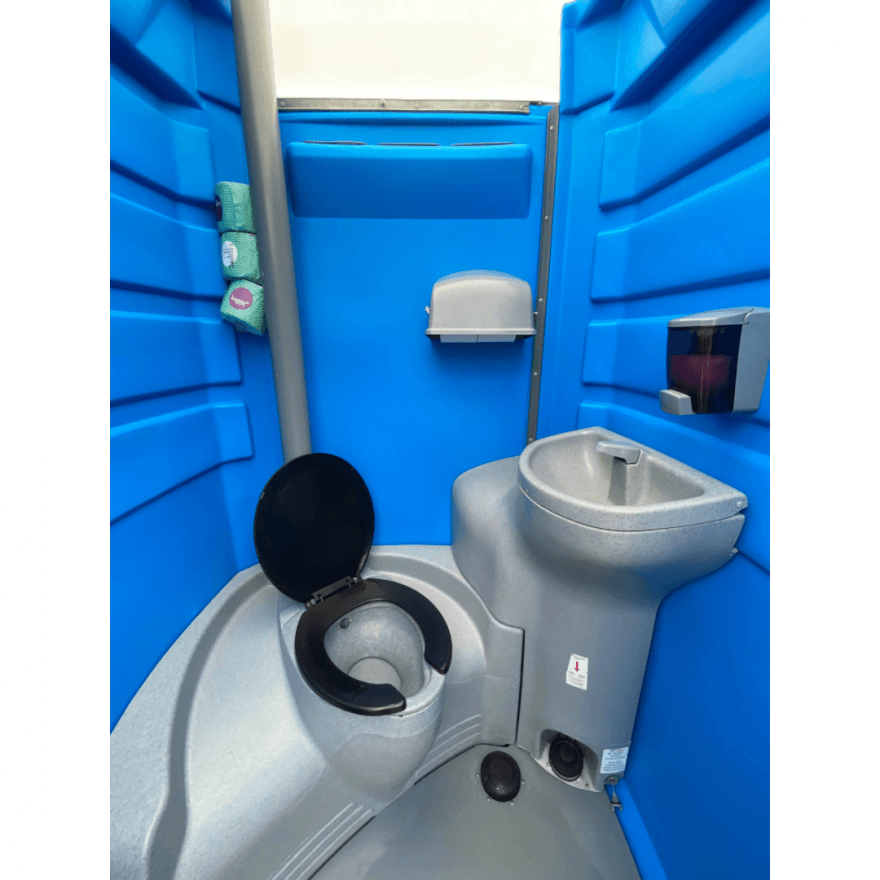
Odor Issues
Odor control is a top priority in portable toilet maintenance, as bad smells can be the most noticeable and off-putting issue for users. Effective management of this challenge is key to maintaining a pleasant and hygienic environment.
Identifying and Addressing Persistent Odors
- Root cause analysis: Determine if odors are due to lack of chemicals, infrequent servicing, or ventilation issues.
- Odor neutralizers: Use high-quality deodorizing agents that neutralize smells rather than simply masking them.
Advanced Deodorizing Tactics
- Regular servicing: Empty and clean tanks regularly to prevent odor buildup.
- Proper ventilation: Ensure that each unit is well-ventilated to allow for air circulation and odor dissipation.
Addressing odor issues promptly and effectively is important. It not only improves the user experience but also helps to maintain a positive reputation for the portable toilet rental business. Regular maintenance and the use of appropriate deodorizing products are critical in managing this common issue.
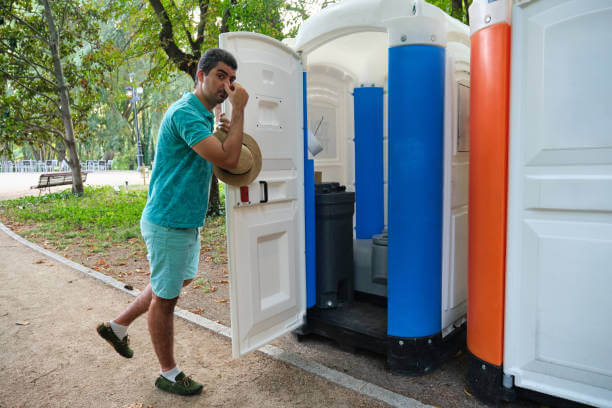
Graffiti and Vandalism
Graffiti and vandalism are not just appearance issues; they can signal neglect and reduce the overall appeal of portable toilets. Addressing these acts quickly is crucial in maintaining a professional image for the rental service.
Prevention and Removal Methods
- Anti-graffiti coatings: Apply protective coatings that make graffiti easier to remove.
- Prompt response: Remove graffiti as soon as possible to deter future vandalism. We recommend this product from J&J to remove marker graffiti and this product for more permanent graffiti.
Durable Materials and Coatings
- Robust construction: Use materials that are resistant to scratches and dents.
- Regular inspections: Include checks for damage during routine maintenance visits.
Preventing and managing graffiti and vandalism involves both proactive measures and responsive actions. By using durable materials and quick removal techniques, portable toilet operators can maintain the integrity and cleanliness of their units, ensuring they remain welcoming and safe for users.
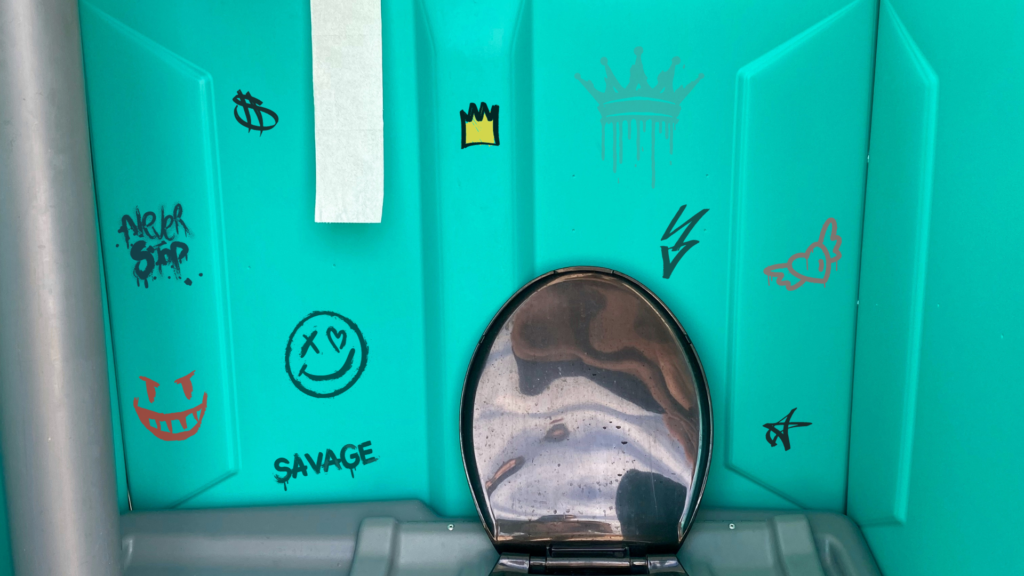
Wear and Tear from Harsh Weather
Portable toilets are exposed to the elements, and harsh weather conditions can accelerate wear and tear. Proactive measures and regular maintenance can mitigate these effects, ensuring the longevity of the units.
Protecting Units from Extreme Conditions
- Anchoring: Secure portable toilets to prevent tipping in high winds.
- Covers and shades: Use protective covers or position units under shade to minimize exposure to direct sunlight and heat.
Seasonal Maintenance Tips
- Winterizing: In colder climates, add antifreeze to the waste tanks to prevent freezing.
- Insulation: Consider insulating units to protect against temperature extremes and maintain user comfort.
Regularly assessing and addressing the wear and tear caused by weather conditions are essential for maintaining the functionality and appearance of portable toilets. By taking steps to protect the units from the weather, operators can provide a consistent level of service regardless of the season.
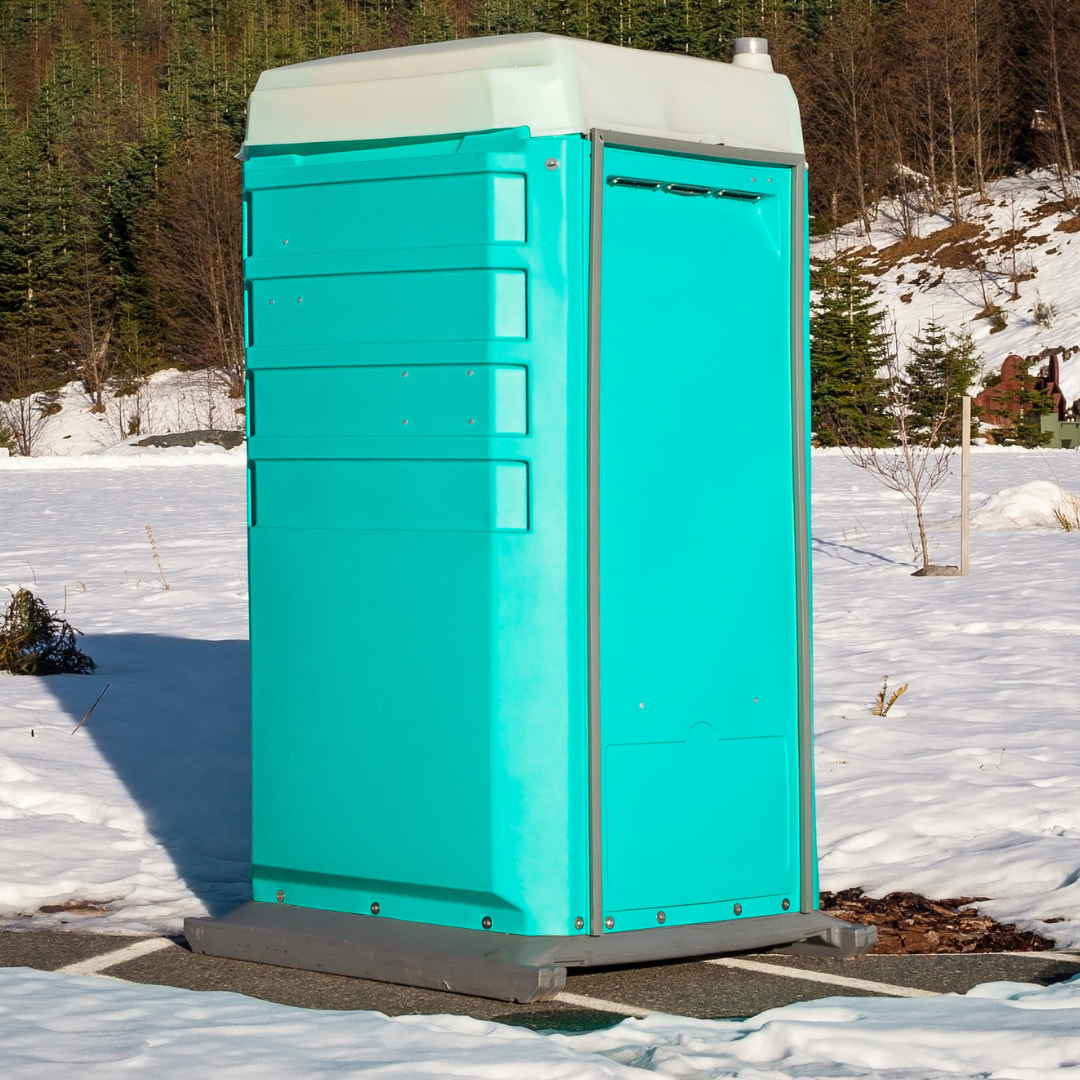
Ensuring Excellence in Portable Toilet Upkeep
In conclusion, staying on top of these common porta potty maintenance issues is the key to providing an exceptional service that stands out in the market. By addressing each challenge quickly and with care, operators can ensure that their portable toilets are always clean, comfortable, and ready for use. This commitment to excellence not only enhances customer satisfaction but also builds a strong reputation for reliability and quality in the portable toilet rental industry.
FAQs
1. How can I quickly resolve common porta potty maintenance issues?
Quick resolution starts with regular inspections and having a maintenance kit on hand. This kit should include tools for unclogging, repairing latches, patching small leaks, and restocking supplies like toilet paper and chemicals.
2. What’s the best way to prevent porta potty maintenance problems?
Preventative measures include establishing a rigorous servicing schedule, educating users with clear signage, and using quality materials and chemicals from the start. Regular training for maintenance staff is also crucial.
3. Are there any signs that indicate a porta potty is in need of maintenance?
Yes, signs include unpleasant odors, visible damage like cracks or graffiti, complaints about functionality, and any deviation from the normal appearance and smell of the units.
4. How often should porta potties be serviced to avoid maintenance issues?
The frequency of service depends on usage, but at a minimum, porta potties should be cleaned and inspected weekly. For high-traffic events or sites, more frequent servicing may be necessary.
5. Can maintenance issues impact the lifespan of a porta potty?
Absolutely. Neglecting maintenance can lead to serious damage, which can shorten the lifespan of a porta potty. Regular upkeep not only keeps them functional but also extends their serviceable life.


